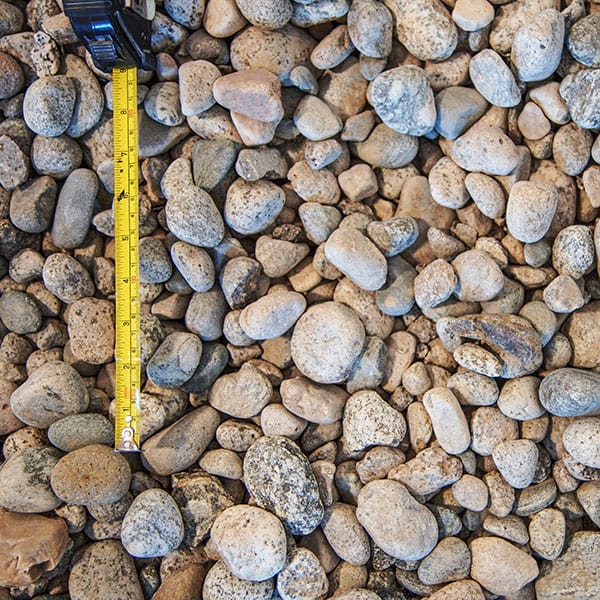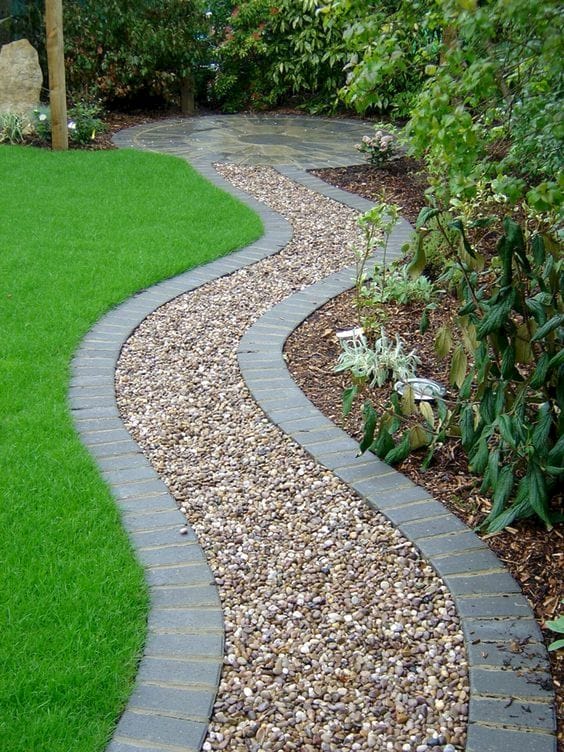How to Use Decorative Rock to Replace Grass in Hot Areas
By Innovation Grounds
With rising temperatures and increasing water restrictions, homeowners in hot climates are turning to decorative rock landscaping as a smart alternative to traditional lawns. Replacing grass with decorative rock is not only eco-friendly but also low maintenance and aesthetically versatile.
In this guide, you’ll learn how to successfully remove your grass, choose the right decorative rock, and design a functional, attractive yard that thrives in hot, arid environments.
Why Replace Grass with Decorative Rock?
In regions with intense heat and limited rainfall—such as Arizona, Nevada, or Southern California—maintaining a green lawn can be a costly and water-intensive endeavor. By switching to rock landscaping, you can:
Reduce water usage by up to 75%
Eliminate weekly mowing, fertilizing, and edging
Prevent weed growth with proper installation
Add value with a clean, modern look

Remove Existing Grass
Before installing decorative rock, you’ll need to completely remove the grass. There are several methods:
Solarization: Cover the grass with clear plastic for 4–6 weeks to kill it using heat from the sun.
Sheet mulching: Lay cardboard or newspaper over the grass, then top with mulch and wait several weeks.
Manual removal: Use a sod cutter or shovel to dig out the turf manually.
Herbicides: Apply an eco-safe, glyphosate-free herbicide if preferred, though this may not be suitable for every homeowner.
Be sure to remove roots and till the soil if necessary to prevent future regrowth.
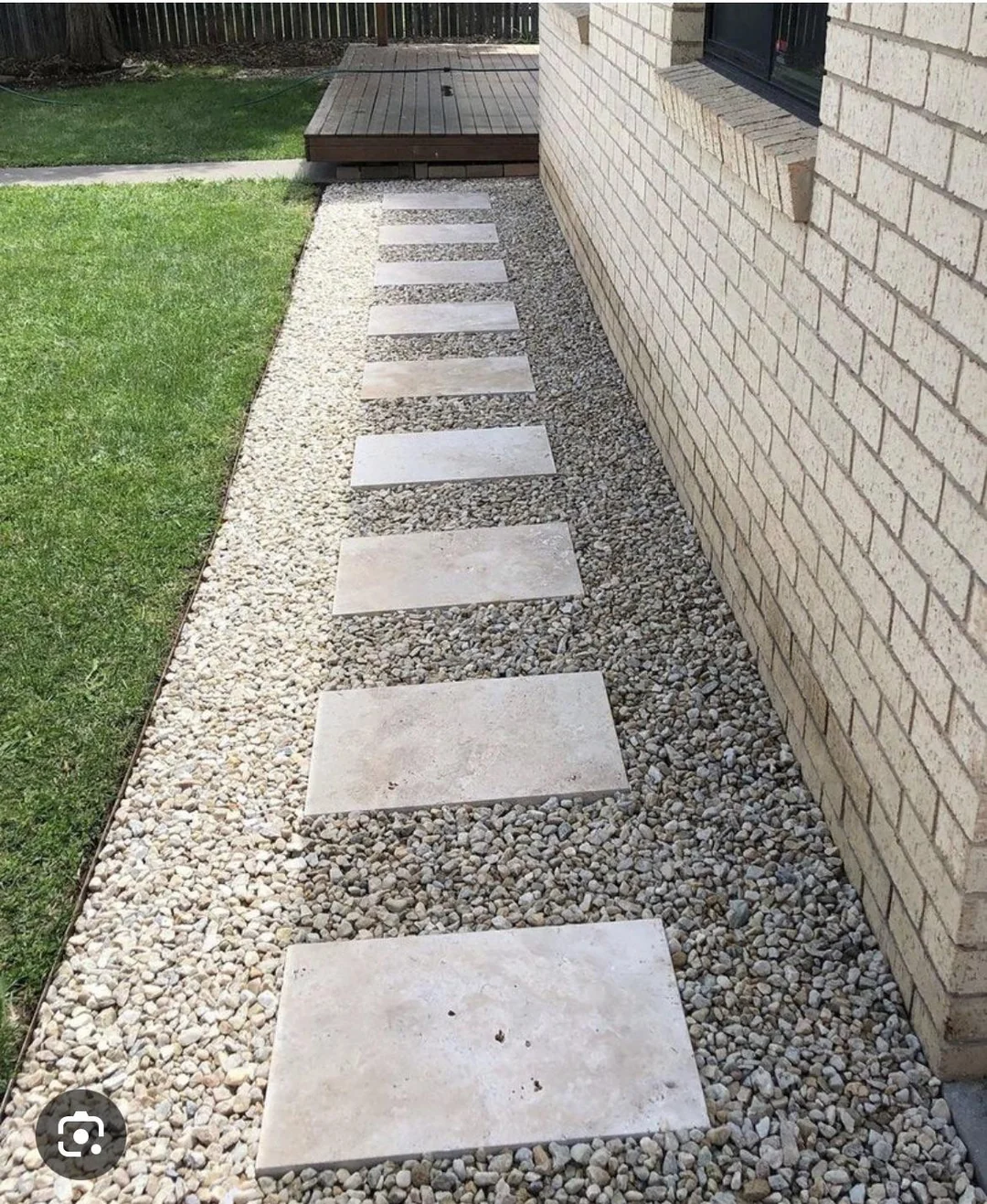
Install a Weed Barrier
A weed barrier fabric helps prevent unwanted growth under your decorative rock. Choose a high-quality, breathable landscape fabric that allows water and air to pass through while blocking weeds. Avoid using plastic sheeting, as it can trap moisture and damage the soil over time.
Tip: Overlap the edges of the fabric by at least 6 inches and secure with landscaping staples.
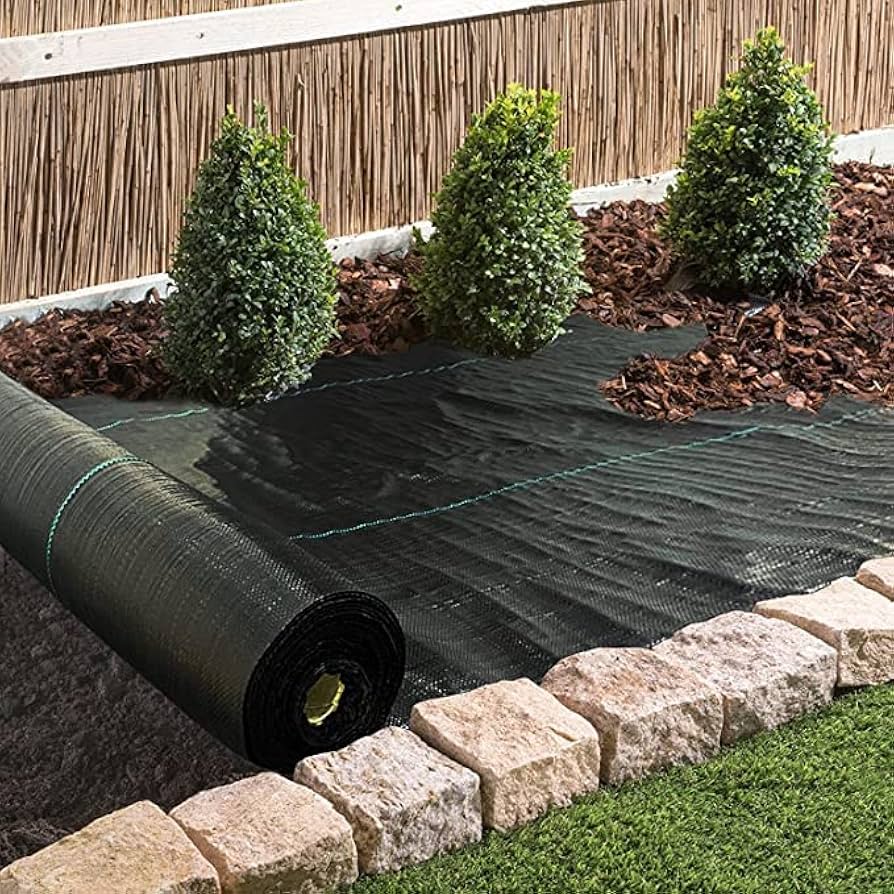
Choose the Right Decorative Rock
Decorative rock comes in various sizes, colors, and textures, allowing you to create a custom look that suits your climate and home aesthetic. Popular types include:
Decomposed Granite: Ideal for pathways and driveways; compacts well.
River Rock: Smooth and rounded, great for dry creek beds and accents.
Crushed Stone: Angular rocks that lock in place and reduce erosion.
Lava Rock: Lightweight and striking, perfect for dramatic contrast.
When choosing your rock, consider heat absorption—lighter colors reflect sunlight better, keeping your yard cooler.
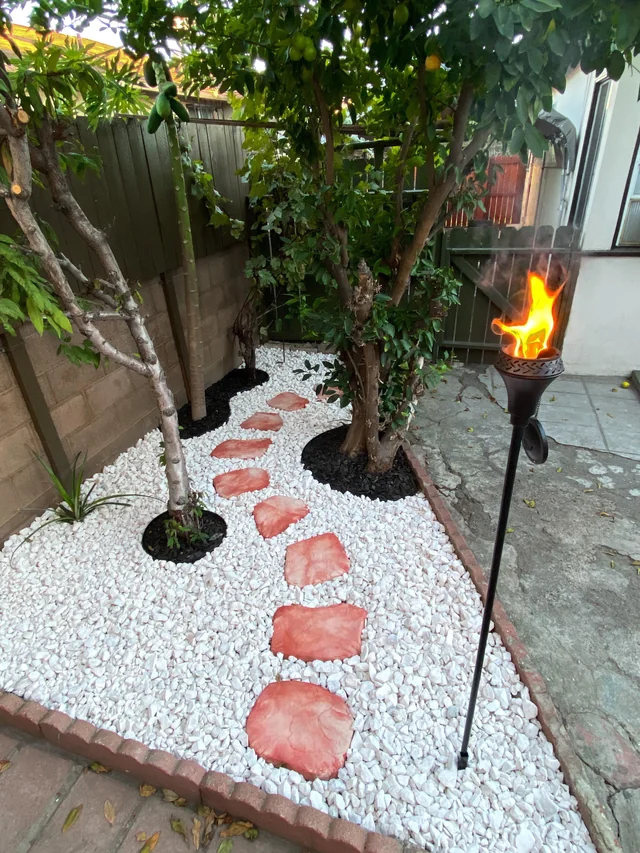
Design for Function and Beauty
Transforming your lawn into a rock garden doesn’t mean sacrificing curb appeal. Incorporate design elements that enhance both function and beauty:
Use boulders or large rocks as focal points
Create paths using flagstone or gravel
Add drought-tolerant plants like succulents, cacti, or ornamental grasses
Install drip irrigation for low-water plants
Use edging (metal, stone, or plastic) to contain rock areas neatly
You can also mix materials—like mulch, rock, and pavers—for added visual interest.
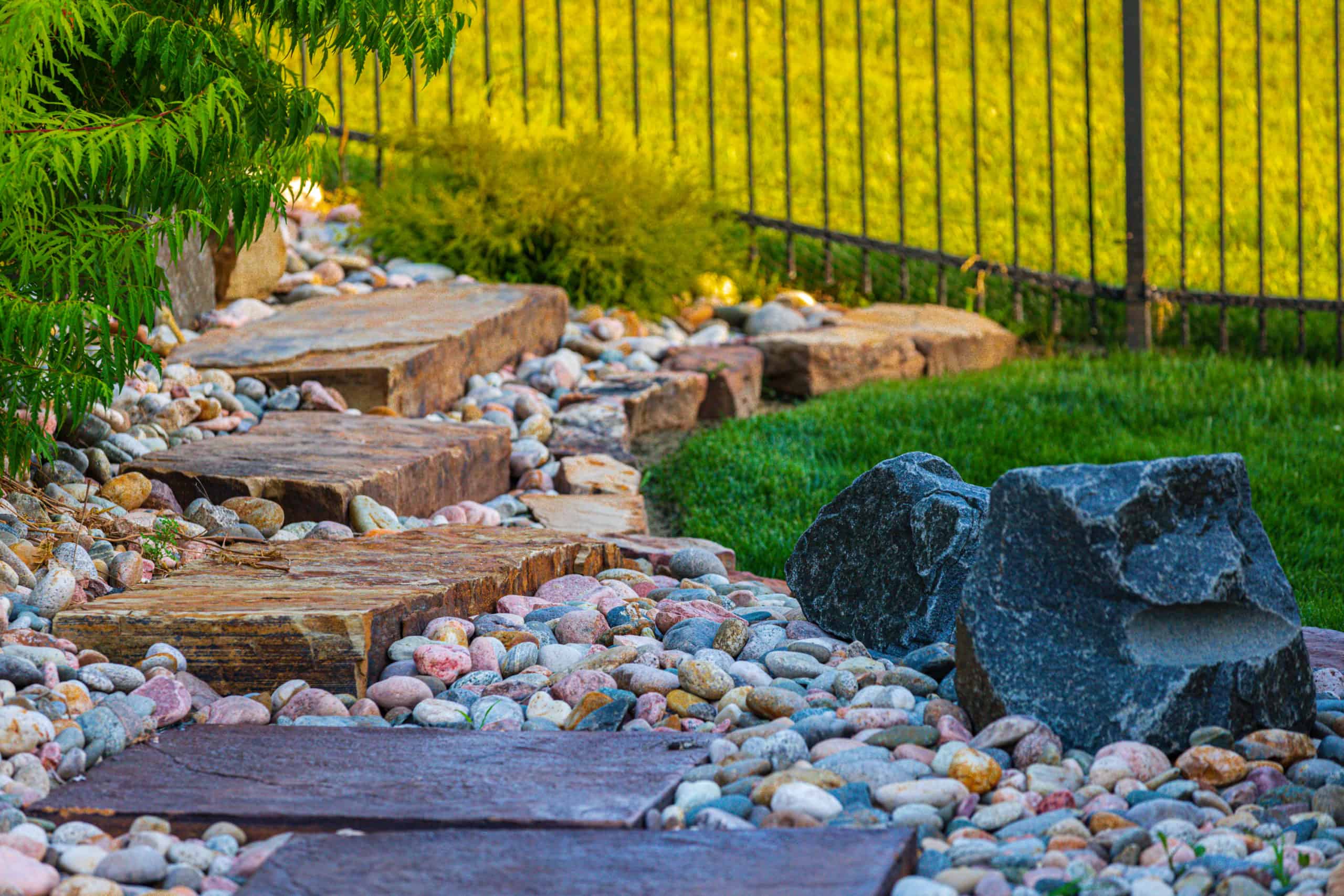
Maintain Your Rock Landscape
Although a rock landscape is low maintenance, it’s not completely maintenance-free. Keep it looking fresh by:
Raking leaves and debris regularly
Pulling occasional weeds that may grow through fabric seams
Refreshing or topping off the rock every few years
Checking for erosion or shifting rocks, especially after storms
Pro Tip: Consider using polymeric sand or rock glue to help stabilize loose gravel in high-traffic areas.
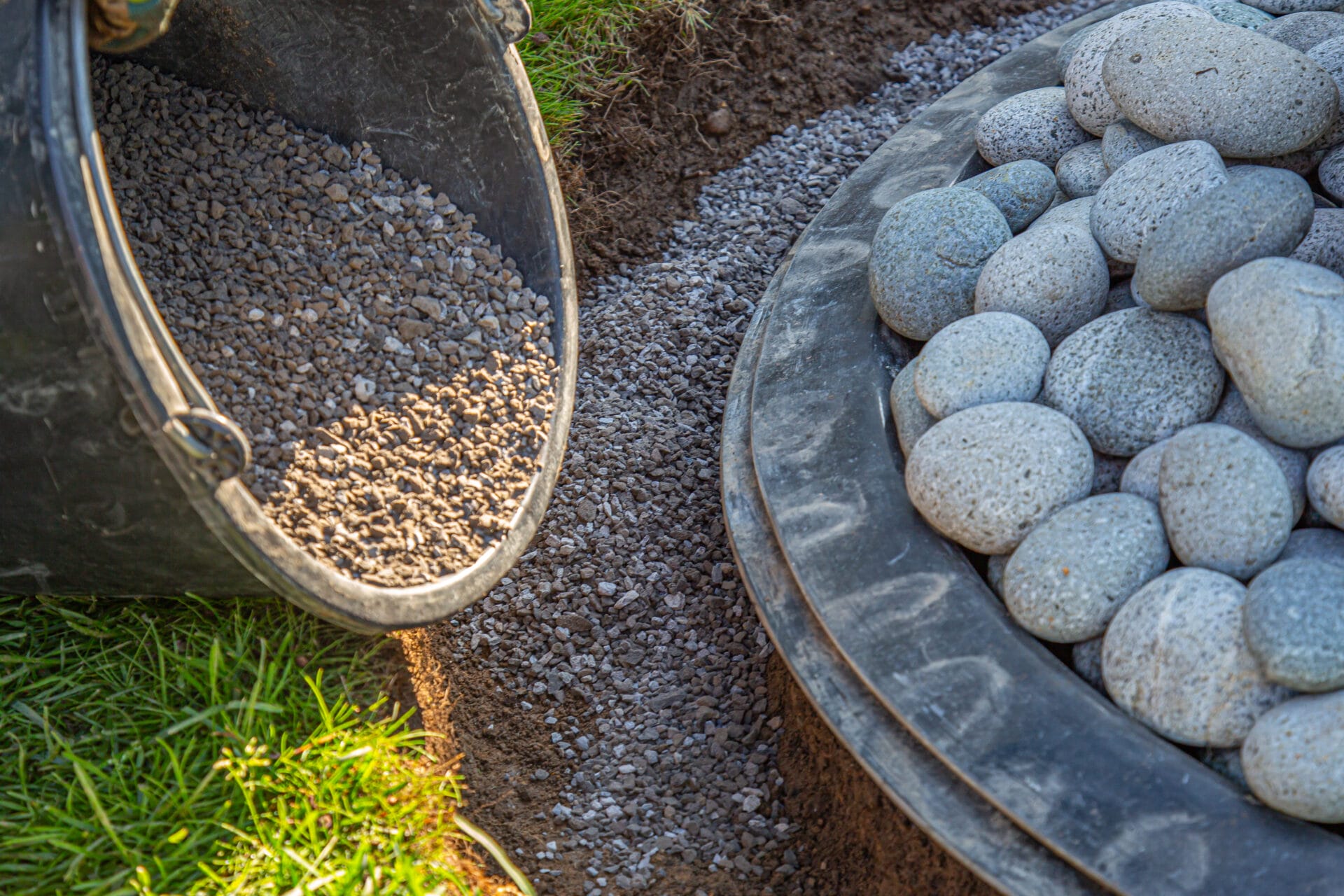
Is Decorative Rock the Right Choice for You?
If you live in a hot, dry climate and are tired of high water bills and lawn upkeep, decorative rock could be the ideal solution. It’s environmentally friendly, budget-conscious over time, and highly customizable to fit any landscape style.
By learning how to replace grass with decorative rock, you’re not just upgrading your yard—you’re investing in sustainability, resilience, and beauty that lasts for years.
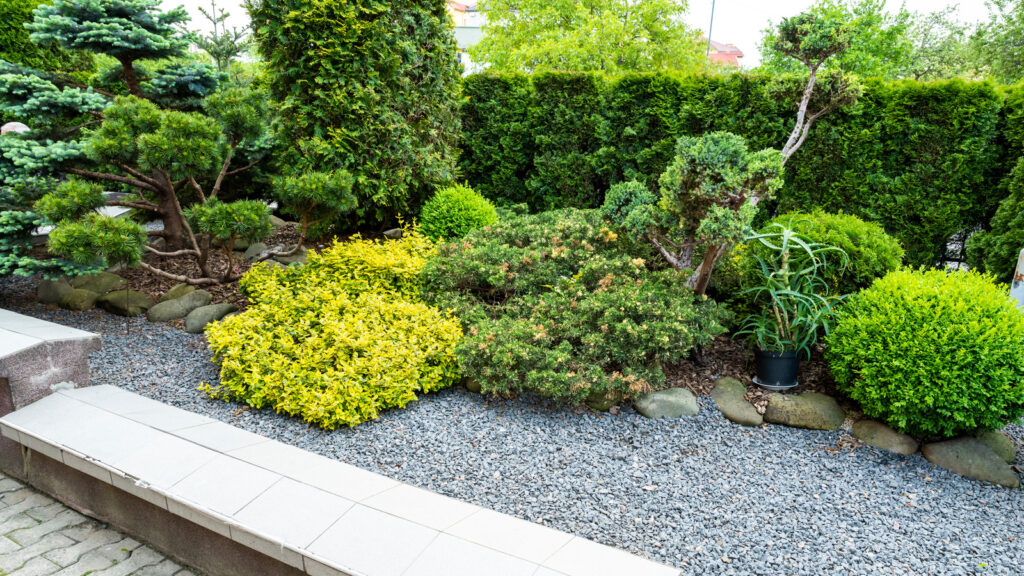
Final Thoughts
Switching from a traditional lawn to a decorative rock landscape is one of the best moves homeowners can make in hot climates. It saves water, reduces maintenance, and adds modern curb appeal. With proper planning and installation, your new yard will thrive in even the harshest summer heat.
